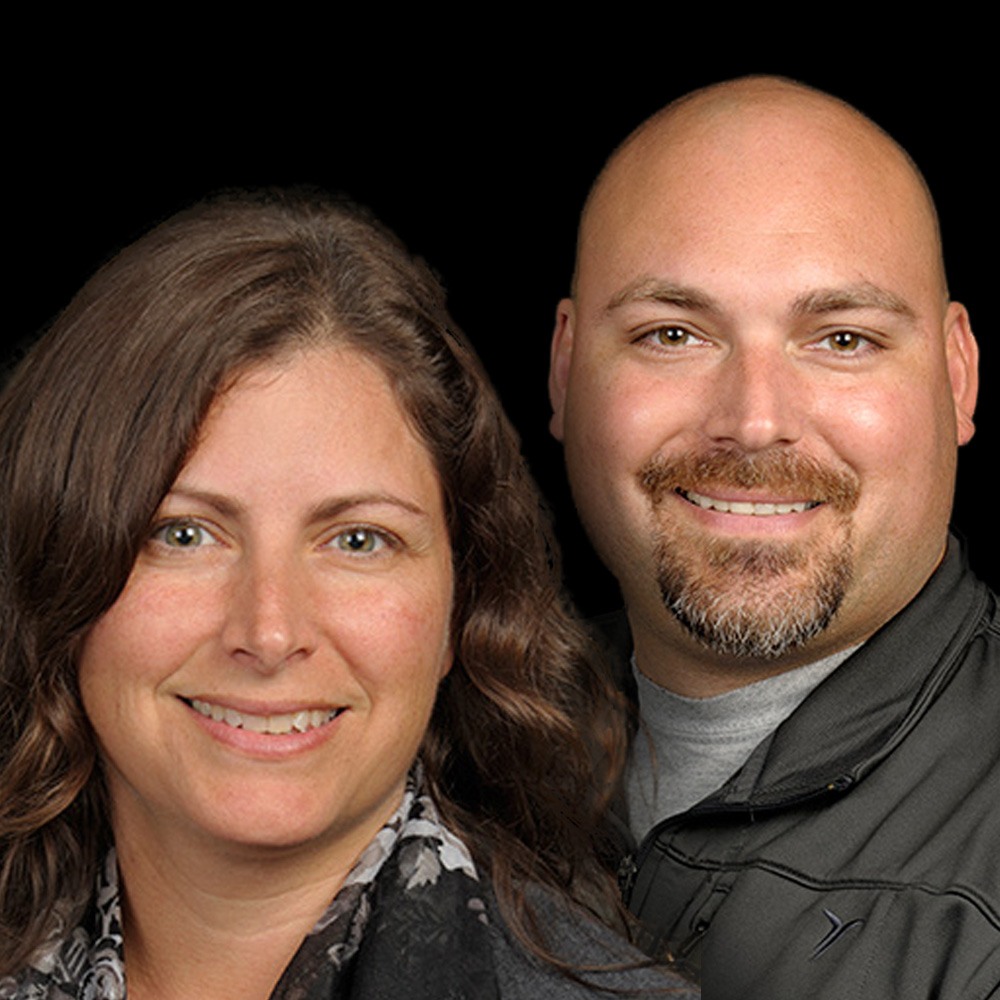Examining Veterans’ Musculoskeletal Health

Two researchers in the Department of Sociology at the University of Central Florida recently had their paper accepted to the peer-reviewed open access journal Public Library of Science (PLOS ONE).
Assistant Professors Ramon Hinojosa, Ph.D., and Melanie Sberna Hinojosa, Ph.D., collaborated on their paper entitled “Activity Limiting Musculoskeletal Conditions in Veteran and Non-Veteran Populations Using the 2013 National Health Interview Survey.”
The study used the 2013 National Health Interview Survey (NHIS) to examine the health of military veterans in comparison to non-veterans with regard to musculoskeletal health.
“There are 22 million veterans of the United States Armed Forces, making veterans an important sub-population for health research,” the authors wrote. “One area of concern for veterans is musculoskeletal health given the demands of training and the types of jobs military personnel have.”
The study examined 11,532 individuals who reported having a health condition which limits their daily activities. From the list of health conditions identified by respondents, four musculoskeletal disorders were selected to serve as the main outcome variables for the analysis.
The researchers controlled for veteran status, education, marital status, and age taking into account the complex sampling design of the NHIS.
The results indicated that veterans were more likely to report back/neck problems and fracture or bone/joint injuries compared to non-veterans. Additionally, there was a moderating effect of veteran status by age and likelihood of reporting back/neck problems and fracture or bone/joint injuries. Veterans were more likely to report activity limiting musculoskeletal conditions at younger ages compared to non-veterans, but became increasingly less likely to report at higher rates at older ages compared to non-veterans for both conditions.
Ramon Hinojosa explained that veterans are exposed to activity-limiting musculoskeletal injuries at earlier ages than non-veterans, but the aging process “levels the score” with non-veterans around the fifth decade of life. This means that U.S. military veterans are at a greater risk of living longer with painful musculoskeletal conditions that can limit their physical abilities and negatively affect their overall quality of life.
